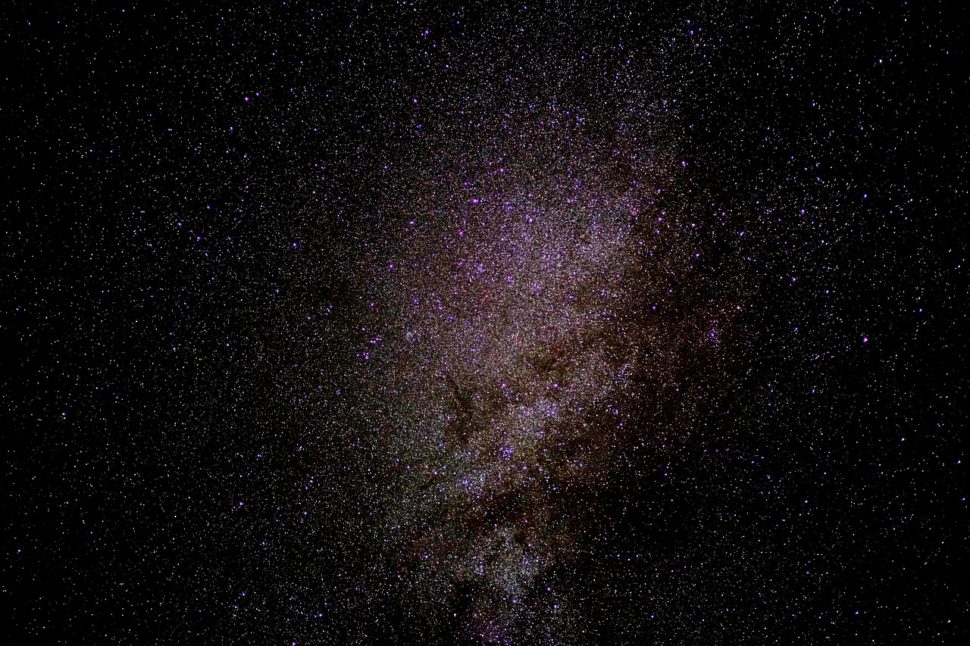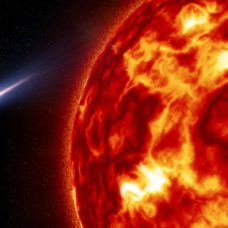Our galactic home, the Milky Way, is about 100,000 light-years across. In addition to our own Earth, it contains billions of planets, star systems, and other celestial bodies, like asteroids.
Besides the things we can see, there are also invisible constituents, like dark matter and black holes.
Naturally, finding out exactly how much matter there is in the galaxy is a tough challenge.
Now, we have an answer thanks to NASA’s Hubble Space Telescope and the ESA’s Gaia spacecraft.
As Beefy as 1.5 Trillion Suns
With the solar system sitting on the outer edges of one of the galaxy’s spiral arm, Earth’s location doesn’t allow for a good vantage point to help astronomers estimate its mass.
Most of the visible matter seems to be concentrated in the galaxy’s core behind a dense cloud of dust and gas.
In the center lies Sagittarius A*, the supermassive black hole around which 200 billion stars with their planet systems orbit.
If we can’t see most of the ordinary matter in the galaxy, elusive dark matter is totally out of our sight. Despite its practically invisible nature, everything must be accounted for in the galaxy’s mass.
Scientists have experimented with different techniques to determine the mass of the Milky Way, like using hypervelocity stars, and gravitational lensing, with estimates ranging from 500 billion to three trillion solar masses.
Now we have the most accurate calculation from a team of astronomers at the operations center for the Hubble Telescope (STScI), Johns Hopkins University, and Cambridge University.
To pin down the galaxy’s mass, researchers combined new data from Hubble Space Telescope and Gaia mission, and they gave a measurement of 1.5 trillion solar masses.
Read More: The ESA’s Gaia Mission is Revolutionizing Astronomy
The billions of stars and planets in the galaxy contribute by only a tiny percentage of the total mass.
“Most of the rest of the mass is locked up in dark matter, an invisible and mysterious substance that acts like scaffolding throughout the universe and keeps the stars in their galaxies,” said NASA in a post.
Determining the mass of our home galaxy is important for astronomers to help them understand its formation history, how it interacts with other galaxies, and the evolution of the universe as a whole.
According to a statement from the Hubble team, at 3,000 trillion trillion trillion tonnes, this new mass estimate puts the Milky Way:
“on the beefier side, compared to other galaxies in the universe… 1.5 trillion solar masses is fairly normal for a galaxy of its brightness.”



















Comments (0)
Most Recent